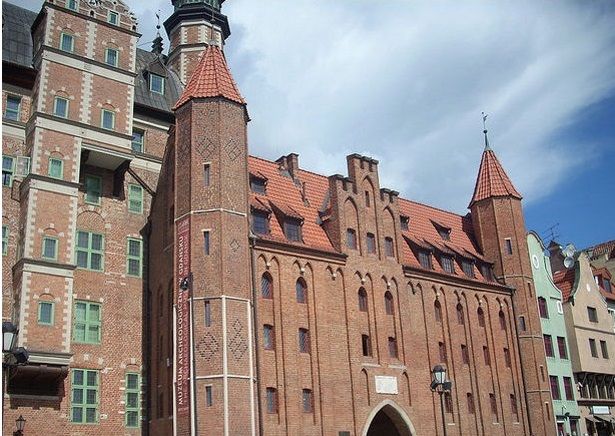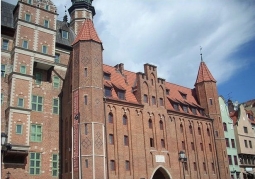The museum contains, among others : - Permanent exhibitions such as: - Prehistory of Gdańsk Pomerania - the presentation of the oldest history of Gdańsk Pomerania, introduces the specific character of local prehistoric societies. Numerous exhibits were obtained from donors, cooperating with the institution, - diseases of prehistoric population in Poland - an overview of the issues related to the health of our ancestors. The exhibits shown at the exhibition represent various lesions, they come from the cemeteries of the younger Stone Age (Neolithic), the period of Roman influence and the Middle Ages, -1000 years of Gdańsk in the light of excavations - the remains of the wooden buildings of the city of the 10th-13th century were discovered in 1948 around 2 m. under the street surface. They reached 5 m deep. Remains of houses, streets and ramparts survived in very good condition, as well as a wealth of small tools, fragments of home appliances, parts of clothing and decorations. During 27 years of archaeological research, approximately 70,000 monuments have been excavated, showing the occupations and living standards of the inhabitants, - With amber for millennia - the first permanent exhibition of amber in Gdańsk after World War II. It refers to the old Gdańsk traditions. The monuments are presented in two sections (amber in nature and amber in culture), - Secrets of the Nile Valley The exhibition "Secrets of the Nile Valley" is the result of many years of MAG's activity in Sudan. Created on the basis of collected collections of archaeological monuments and ethnographic exhibits, it presents the rich history of this country. Archeology from prehistory to Islam is shown: tools and drawings from thousands of years ago, ruins of temples and churches, mysterious tombs, forgotten settlements and cities, and ethnography: households and everyday objects, amulets and weapons, costumes and jewelry of various Sudanese peoples.
Komentarze
No results
Nearby places
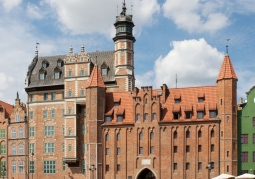
St. Mary's Gate - Downtown - Gdansk
Category: GatesOne of the water gates of the Main Town of Gdańsk, located on the Motława River. It has late Gothic forms, probably built in the last quarter of the 15th century. In the basement there is a passage above which the...
1 km
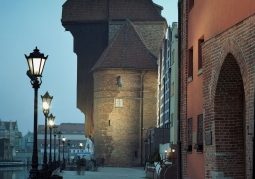
Crane - Downtown - Gdansk
Category: MuseumsIt consisted of of two brick towers, between which a wooden hoisting mechanism was installed. The crane was used to erect masts and reload goods, it was also a city gate. In 1945, during the war, the crane was destroyed...
1 km
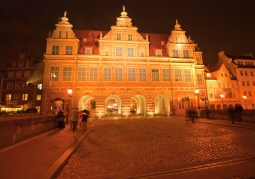
Green Gate - Downtown - Gdansk
Category: GatesProbably the oldest of Gdansk's water gates. This is the first example of Dutch Mannerism in Gdańsk. It was built of small, Dutch bricks in the years 1564-1568 by Regnier from Amsterdam and Dresden Hans Kramer, as the...
1 km
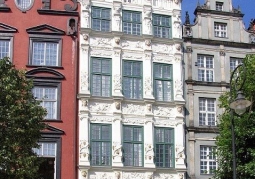
Golden Tenement House - Downtown - Gdansk
Category: Tenement housesErected for the mayor Johann Speymann (a rich merchant and enlightened patron of art), who held the highest dignities and municipal offices in the early 17th century, and for his wife Judyta of Bachry. Today's mannerist...
1 km
Nearby places

St. Mary's Gate - Downtown - Gdansk
Category: GatesOne of the water gates of the Main Town of Gdańsk, located on the Motława River. It has late Gothic forms, probably built in the last quarter of the 15th century. In the basement there is a passage above which the...
1 km

Crane - Downtown - Gdansk
Category: MuseumsIt consisted of of two brick towers, between which a wooden hoisting mechanism was installed. The crane was used to erect masts and reload goods, it was also a city gate. In 1945, during the war, the crane was destroyed...
1 km

Green Gate - Downtown - Gdansk
Category: GatesProbably the oldest of Gdansk's water gates. This is the first example of Dutch Mannerism in Gdańsk. It was built of small, Dutch bricks in the years 1564-1568 by Regnier from Amsterdam and Dresden Hans Kramer, as the...
1 km

Golden Tenement House - Downtown - Gdansk
Category: Tenement housesErected for the mayor Johann Speymann (a rich merchant and enlightened patron of art), who held the highest dignities and municipal offices in the early 17th century, and for his wife Judyta of Bachry. Today's mannerist...
1 km
